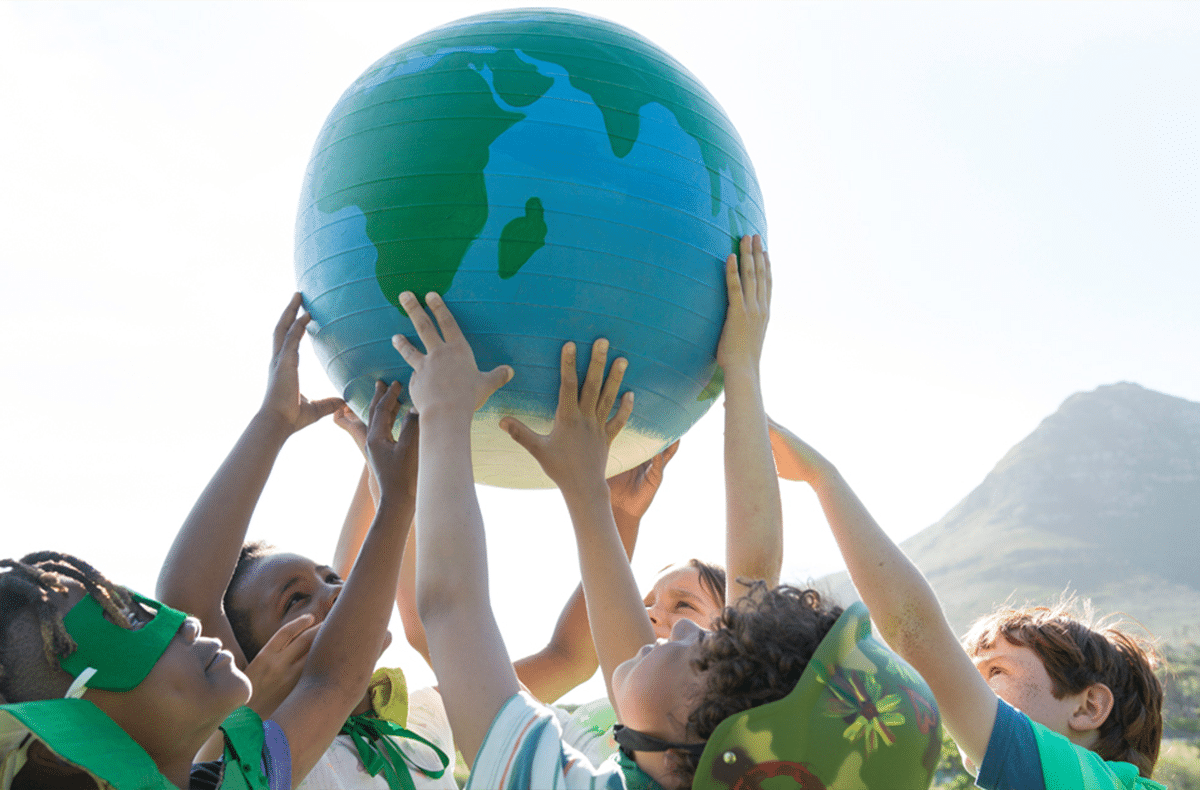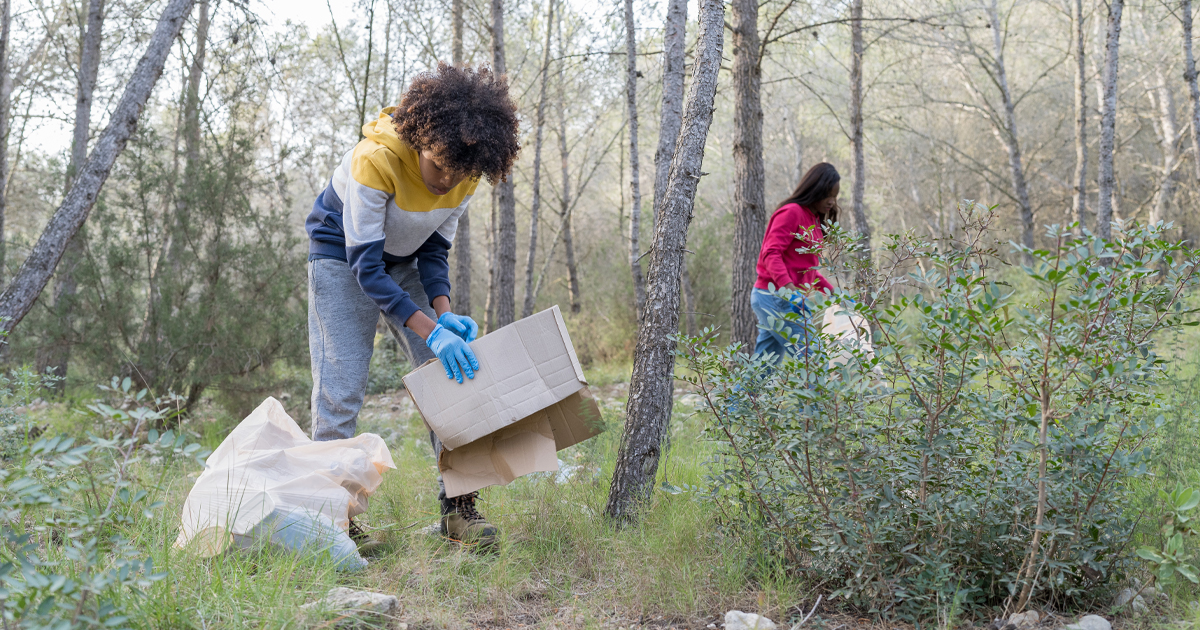World Environment Day: Teaching your kids to cherish our earth

It’s World Environment Day on 5 June, making it a good time to focus on how we can help heal our earth. Teaching children to love nature and respect the environment is a smart place to start, because the future of our planet is literally in their hands.
Global warming… polluted air, land, rivers and oceans… overflowing landfills… Mother Earth is taking strain. Precious metals and minerals like gold and diamonds, as well as forests, rivers and oceans – and the creatures living there – have all been exploited and over-used.
Scientists have even found traces of plastics in fish, as well as traces of medicines and drugs. According to a new doctoral thesis by Lina Nikoleris of Lund University in Sweden, these include birth control hormones that could lead to whole populations of fish dying out.
So, here’s how to raise eco-savvy kids who will create a sustainable future for their own children and the generations to come.
LEAD BY EXAMPLE, ECO WARRIOR
Leading by example is the best way to get children into the environmental groove. Whatever you do, they’ll copy, so make sure your actions are worthy of imitation!
REDUCE PLASTIC WASTE
Plastic pollution is one of the biggest killers. It’s not impossible to avoid plastic:
- When you go shopping, take your own reusable shopping bags.
- Pick foods and other products with as little plastic packaging as possible.
- Avoid single-use plastic (like cooldrink bottles, Styrofoam trays and containers, plastic shopping bags, plastic cutlery and straws).
- When you buy deodorant, shampoo, face creams and other beauty products, look for ‘plastic free’ on the label.
Related article: 8 ways to reduce plastic pollution

MAKE RECYCLING FUN FOR KIDS
Recycling means waste is reused so it doesn’t end up in a landfill. If you don’t already practice recycling, this is a great time to start. Let young kids help by sorting the waste into plastic, paper, glass and other materials. It’ll keep them busy, give them a sense of pride and achievement, and teach them useful lessons about the properties of materials. Explain that recycling needs to be sorted into different types depending on what it’s made of.
Older kids and pre-teens can help with heavier work like carrying the bags of recycling out to the collection point.
Teach your kids to recycle clothing that no longer fits and toys they’ve outgrown by donating to a local charity. Older children can pick out the clothing or toys themselves – a great lesson in generosity.
Related article: Cash for trash
SAVE WATER
Water is one of our most precious resources, and even in rainy seasons we need to use it carefully.
Teach kids to switch the tap off while they brush their teeth or wash their hands, and let them see you taking used dish water out to the garden for watering plants. If you don’t have a garden, it can be used to flush the loo. Bath water can also be used to water the garden or flush the loo, and if you have a shower, kids should turn off the water while they soap themselves.
SUPPORT LOCAL SUPPLIERS
Buying locally produced goods means less fuel has been used in transporting them to you – and supporting local farmers and businesses is always good for the health of your community!
GROW YOUR OWN VEGGIES AND HERBS
Children can have huge fun helping you in the garden, and you can cut your grocery bill by having your own veggies and herbs on hand. Get the kids involved in your gardening projects from scratch, starting with making a compost heap (if you have the space) for your kitchen waste, that will help create wonderfully fertile soil for your plants. (Put only fresh waste, like potato peels, raw egg shells and banana skins in the compost; don’t include any cooked veg or other food.)
Related articles: How to grow a bean stalk with your child
CULTIVATE A LOVE OF NATURE
For kids to learn to love the natural environment, they need to spend time in it. There’s ever-growing evidence that being exposed to nature while growing up is hugely beneficial – it reduces stress, builds self-esteem, improves physical and mental health and boosts creativity, among other things. Studies have even shown that it can help reduce obesity and certain diseases. So get out there with your kids and enjoy the beauty of blue skies and fluffy white clouds, majestic trees, pretty flowers and amazing insects!
Related article: How to save our Ozone and protect the environment
Related articles

Latest Jet club magazine
We’ve got the latest trends, exciting prizes and exclusive savings just for you!
Jet Club will not pass your details to anyone else. By clicking the subscribe button you confirm you have read and agree to the Jet Club Terms and conditions and Jet Club Privacy Statement.
Subscribe

